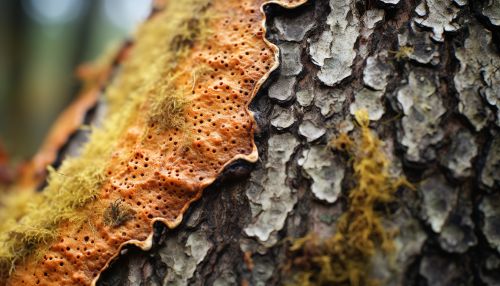Bioindicators
Introduction
Bioindicators are living organisms such as plants, planktons, animals, and microbes, which are used to monitor the health of natural ecosystems and to provide an indication of the quality of the specific environmental conditions. They are used in environmental monitoring programs and pollution studies, particularly for water quality testing. Bioindicators can provide valuable information on the direct impact of environmental conditions on living organisms.
Types of Bioindicators
There are several types of bioindicators, each with a specific role in environmental monitoring. These include:
- Microbial bioindicators: These are often bacteria or fungi that respond to environmental changes. They are used to monitor soil health, water quality, and air pollution.
- Plant bioindicators: Certain plants, such as lichens and mosses, are sensitive to specific pollutants like sulfur dioxide and heavy metals. Their presence or absence can indicate the level of pollution in an area.
- Animal bioindicators: Animals, particularly invertebrates, birds, and fish, can indicate the health of an ecosystem. Changes in animal populations or behavior can signal changes in the environment.


Importance of Bioindicators
Bioindicators play a crucial role in environmental science and conservation. They help scientists understand the impacts of pollution and climate change on ecosystems. Bioindicators can also aid in the development of conservation strategies and environmental regulations.
Use in Environmental Monitoring
Bioindicators are used extensively in environmental monitoring programs. They can help detect the presence of pollutants and assess their impact on ecosystems. Bioindicators can also provide information on the health of an ecosystem over time, allowing scientists to track changes and trends.
Challenges and Limitations
While bioindicators are valuable tools in environmental science, they also have limitations. The response of bioindicators to environmental changes can be influenced by a variety of factors, making it difficult to interpret results. Additionally, the use of bioindicators requires a thorough understanding of the species and its environment.
Future of Bioindicators
As environmental concerns continue to grow, the use of bioindicators is likely to become increasingly important. Advances in technology and research methods may also enhance the effectiveness of bioindicators in monitoring environmental health.
